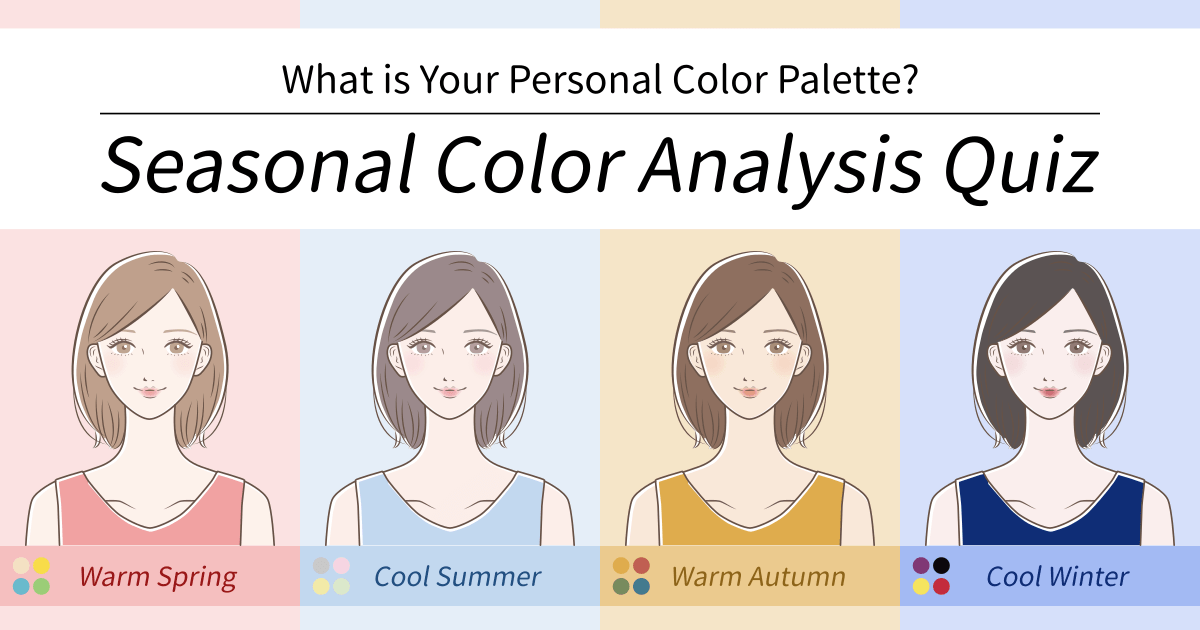
What is your personal color palette? Just answer 10 quick questions in about 2 minutes, and you'll discover your seasonal color palette. Knowing the colors that naturally suit you can enhance your wardrobe choices.
10questions2minutes
Seasonal Color Analysis identifies the range of colors that best complement an individual's skin tone, hair color, and eye color. Wearing these colors can enhance your appearance, making your complexion look healthier and brighter. The analysis typically categorizes individuals into four main types: Warm Spring, Cool Summer, Warm Autumn, and Cool Winter.
By choosing colors that align with your type, you can highlight your natural beauty. Knowing your Seasonal Color can guide not only your fashion choices but also your makeup and hair color selections.
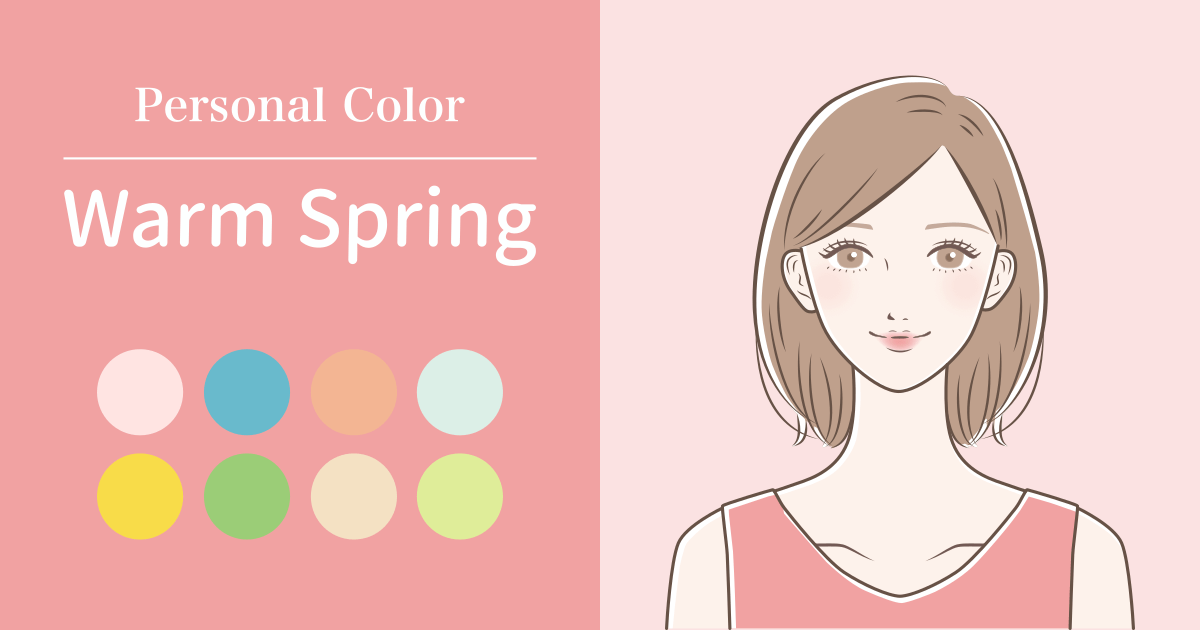
Warm Spring features a warm skin tone and bright hair, shining brightest in natural light. Skin tones are often pink or peach, with hair colors like light brown or strawberry blonde. Warm Spring types tend to favor warm pinks, oranges, yellows, and natural greens or warm blues, which enhance their natural beauty.
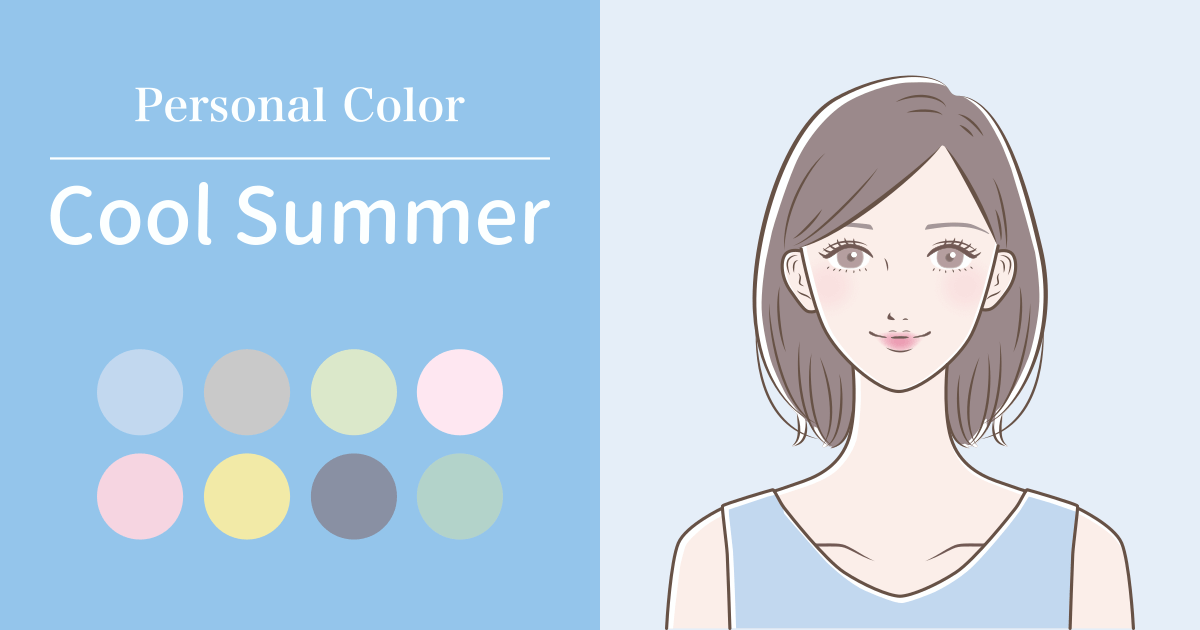
Cool Summer is known for cool and soft skin tones that look beautiful in natural light. Skin may have cool pink or olive undertones, with ash brown or cool blonde hair. Muted pinks, blues, and purple-grays complement this type well, bringing out the best in their complexion and hair color.
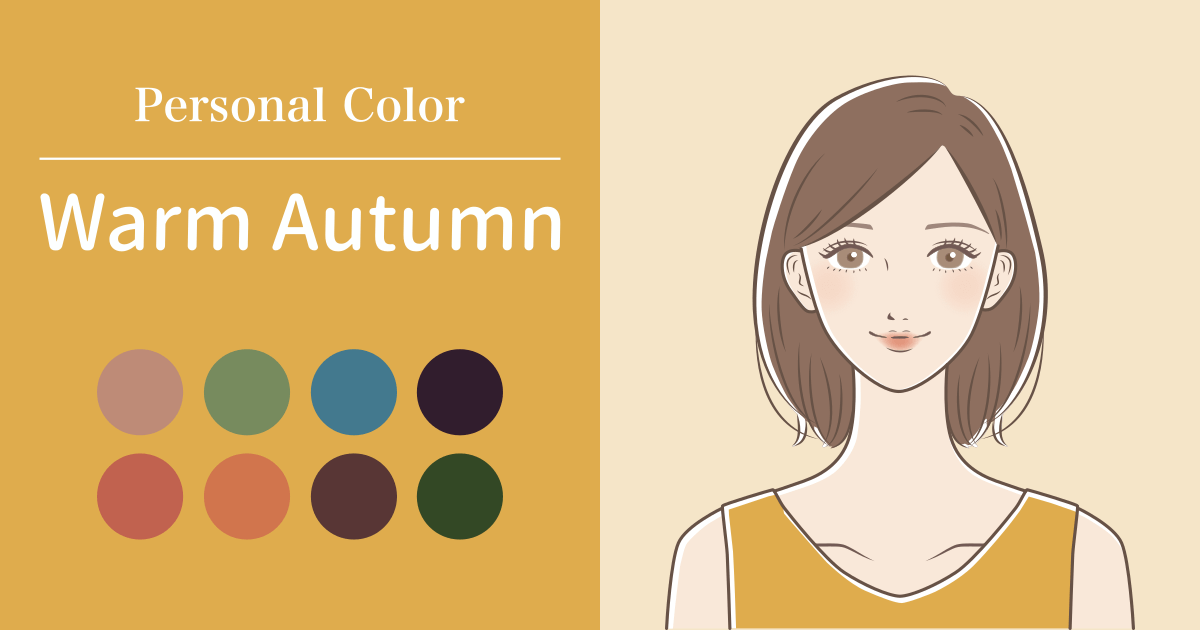
Warm Autumn types have warm skin tones and look most radiant in natural light. Skin often has olive or golden undertones, with hair colors like warm brown or reddish-brown. Warm colors like orange, deep brown, olive green, and warm grays work well, highlighting the natural warmth of this type.
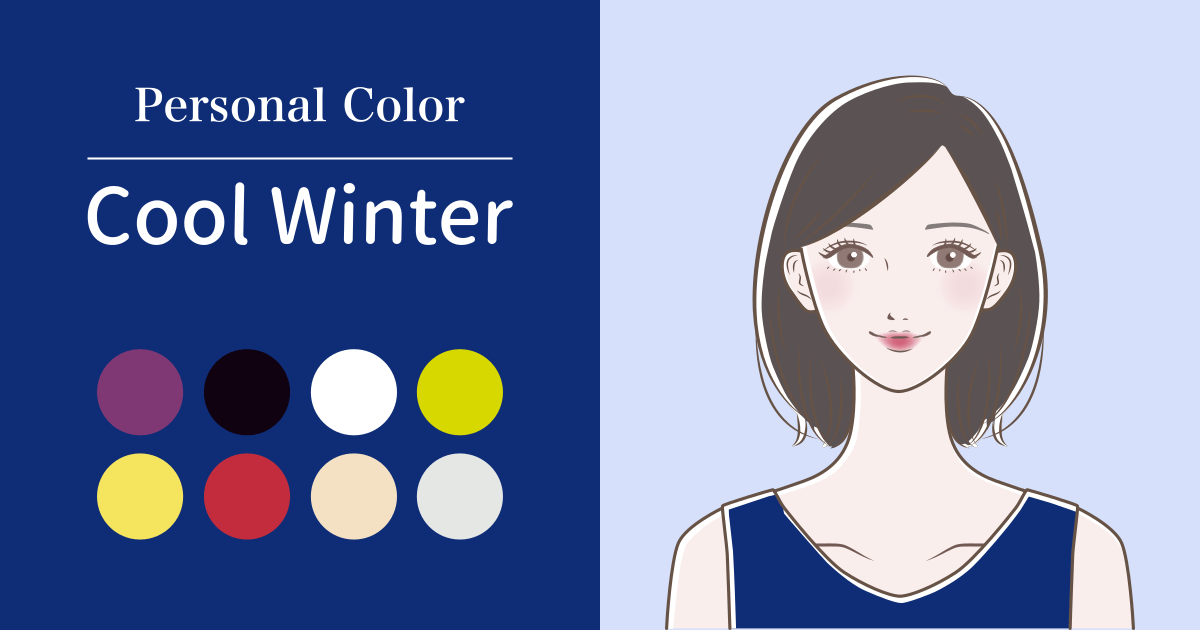
Cool Winter types have cool and muted skin tones that stand out in natural light. Skin may have cool pink or olive undertones, with dark brown or black hair. Cool Winter types often favor stark whites, deep blues, and cool purples, which enhance their skin and hair. These deep, vivid hues bring out the sophisticated charm of Cool Winter.
Seasonal Color Analysis helps you identify the best colors for your skin tone and hair color, making it easier to choose clothes and makeup that enhance your natural beauty.
Understanding your Seasonal Color simplifies shopping and outfit coordination, saving you time and effort.
Wearing colors that suit you can brighten your complexion and create a balanced, attractive appearance, making a great first impression.
Knowing which colors flatter you can boost your confidence in your style, positively impacting not only your appearance but also your self-esteem and self-expression.
By focusing on the colors that work for you, you can avoid buying clothes and makeup that don’t suit you, ultimately saving money.
It's best to have your Seasonal Color Analysis done by a professional or a certified color consultant to ensure accurate results. Consider seeking out a trusted expert for high-quality analysis. Remember, everyone is unique, so it's important to balance your color preferences with current trends and your personal style.
Seasonal Color Analysis was introduced by color consultant Carol Jackson in the 1970s, and her book 'Color Me Beautiful' brought the concept to a wider audience.
Based on skin tone, eye color, and hair color, certain colors can make your complexion look brighter and more vibrant. This is the foundation of Seasonal Color Analysis.
Typically, people are categorized into one of four seasonal types: Spring, Summer, Autumn, or Winter. Each type has its own set of colors that complement it best, guiding choices in fashion and makeup.
More recently, the analysis has become more personalized, taking into account a wider range of factors beyond just the four seasons.
Creating a personal color palette based on your analysis can be a useful tool, making shopping and coordination easier and more effective.
Seasonal Color Analysis isn't just for clothes—it also applies to makeup. Choosing makeup that matches your skin tone and eye color can create a harmonious overall look.
Your skin tone and hair color may change with the seasons, so it's recommended to adjust your color palette accordingly. What works in spring and autumn may differ from the best colors for summer and winter.
A. A professional Seasonal Color Analysis typically involves assessing your skin tone, eye color, and hair color to determine the colors that suit you best. The analysis often uses fabric swatches or color samples, followed by fashion and makeup advice.
A. Your Seasonal Color isn't fixed for life. Changes in age, seasons, or health can alter your skin tone or hair color, so it's recommended to get periodic updates to ensure you’re using the most flattering colors.
A. Seasonal Color Analysis helps you accurately identify the colors that enhance your natural beauty, boosting confidence and making shopping easier. It can also expand your wardrobe options.
A. While professional analysis is recommended, you can try a DIY approach by observing how different colors affect your complexion in natural light. However, professional analysis offers more accuracy and personalized advice.
A. Seasonal Color Analysis doesn't necessarily change with age, but since your skin tone or hair color might shift over time, periodic updates are recommended. Age-related changes in style and preferences can also be supported by choosing colors that express your individuality.
A. Seasonal Color Analysis can vary based on gender or race, primarily due to differences in skin tone, hair color, and eye color. Professional analysis takes these factors into account to provide the best color recommendations for each individual.